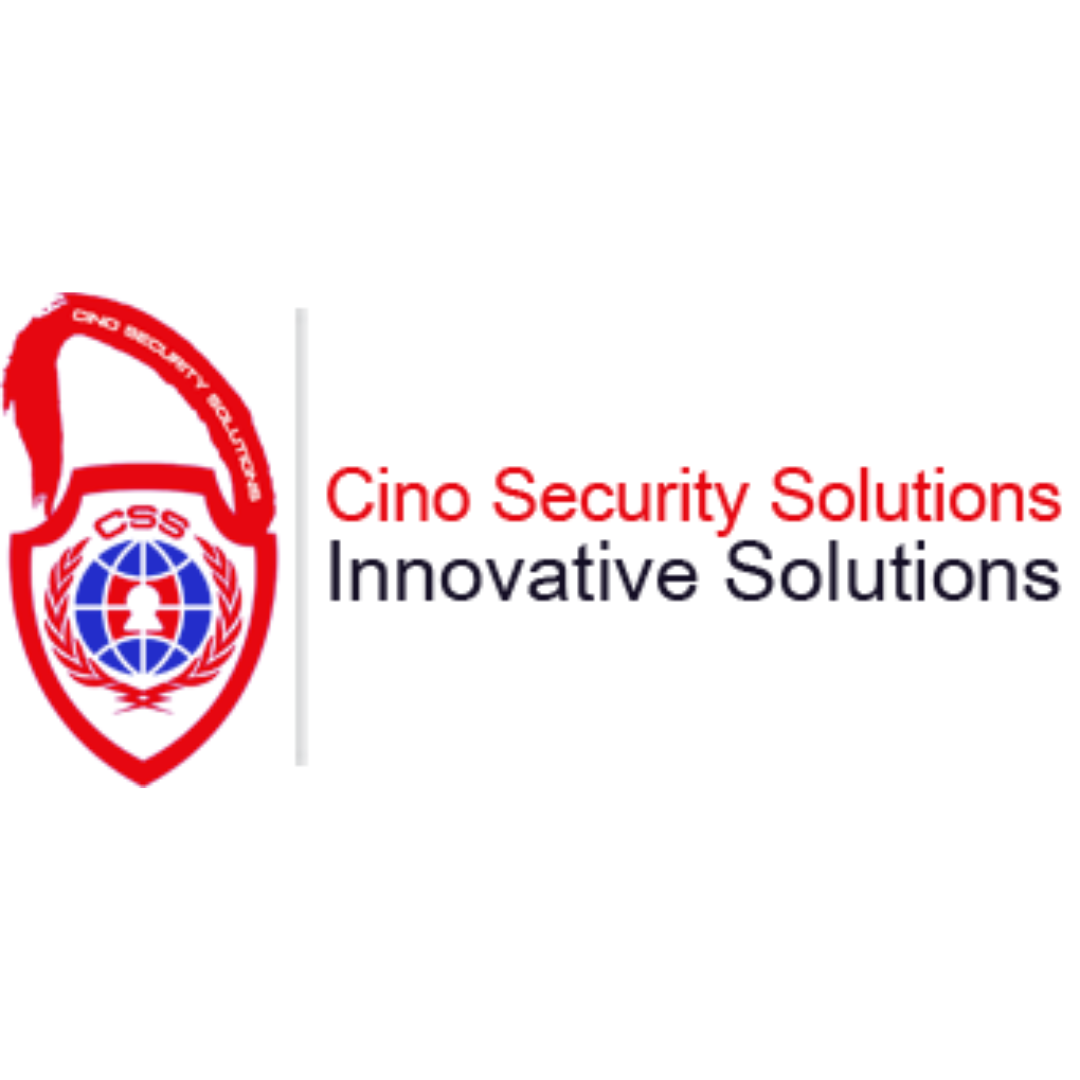Innovations in Cancer Part 1: Understanding Novel Distributed Screening Tests

Employers today increasingly play a larger role in providing valuable healthcare services to their employees in accessible and convenient ways. This includes cancer screening.
Novel distributed cancer screenings take testing outside of traditional healthcare environments to meet people where they are. Take skin cancer for example. Traditionally, skin cancer screening has relied on scheduling an in-person appointment with a PCP or dermatologist to check for skin changes. On average, it takes over a month to be scheduled for an in-person skin exam with a dermatologist, and varies substantially by geographic location. And often these appointments are reserved for those with acute signs and symptoms. Now, a simple imaging-based app on a person’s phone can help to initiate skin cancer screening and connect people to in-person care when it’s needed most.
Additionally, at-home tests of self-collected stool, urine, or blood samples are available to screen for colon, cervical, and prostate cancers, some of which are FDA-approved and recommended by the American Cancer Society and United States Preventive Services Task Force. The FDA recently approved an HPV test for cervical cancer screening that uses an in-clinic, self-collected vaginal swab to detect HPV, which is the main driver of cervical cancer.
While these technologies are not meant to replace gold-standard cancer screenings, they can act as a front door for people who face barriers to care, such as transportation, language, or time. These tests are powerful tools that empower people to detect cancer early and take control of their own health.
More and more employers are asked to evaluate myriad screening tools and make decisions about which to introduce to their employees. The key to determining which novel distributed screening tests to offer often comes down to demonstrated clinical utility, cost-effectiveness, and ability to provide downstream clinical care. This signals a further shift and progression towards the acceptance of more accessible testing options.
Performance: Does it Work?
One of the most common questions employers ask is: What is the likelihood of a result from a distributed test being falsely positive or falsely negative? False positive results run the risk of creating unnecessary anxiety and follow-up procedures. A missed cancer, meanwhile, could be costly or even fatal.
When choosing a novel distributed screening test, consider the tests’ reliability to identify cancers in people who have them, and avoid unnecessarily alarming those who do not. Tests that have FDA approval or are well-regarded by professional societies, such as the American Cancer Society, may be a good fit for your employees, as are tests that exhibit a good record of safety, ease of use, and accessibility.
Novel distributed screening tests should adhere to the established principles of a good screening test, ensuring they are both highly sensitive and specific. While the sensitivity and specificity varies significantly by screening type, it’s important to assess these metrics by cancer type and stage. Consider if the test is sensitive (>90%) at detecting stage I cancers and in a population that looks similar to yours. If, for example, a test is on average 85% at detecting all stages of a given cancer, but only 40% sensitive at detecting stage I cancers, it may not be the best test to offer to your population if you’re looking to detect early stage cancers.
Utility: Is it Useful?
Even the most powerful distributed screening test may not add value if it does not address the common or challenging-to-detect cancers facing your workforce. When evaluating options, take your unique demographics into account and look for tests that align with your needs. These tests may specifically target people in your company who face clear access barriers, making early detection more attainable for those who might otherwise miss out on screening opportunities.
In addition to relevance, a test is also considered useful when it is linked directly to clinical follow-up. If a person’s primary care provider is not familiar with a certain distributed test, for example, they could wind up undergoing unnecessary re-testing. Look for options with strong clinical management and/or integration with a provider group specializing in cancer. This will enhance the efficacy of the test – and the experience of the person being screened.
When at-home cancer screening is paired with hands-on interventions that support patients after receiving a result, it significantly increases the uptake of follow-up care.
Cost-Effectiveness: Is it Worth it?
Many distributed tests come with a low price tag. But not all low-cost tests provide equal value when integrated into a comprehensive cancer solution. While some are recommended by professional guidelines, others are either not discussed in guidelines or deemed unnecessary and should not be used to replace potentially pricier, gold-standard screenings.
A cost-effectiveness study will give you some insight into a test’s value. If a test that you are evaluating does not provide a cost-effectiveness study, consider how the addition of this test would play out in your workforce. Would it capture an audience that otherwise would not be screened, detecting cancer earlier in more people? Or would it result in many false positives that lead to costly and/or unnecessary follow-up? It is helpful to keep in mind that the goal is to catch cancers earlier and connect people to the resources they need on their wellness journey.
Takeaway
While traditional screenings such as mammograms and colonoscopies remain the gold standard for early cancer detection, novel distributed screening can serve as a valuable tool for expanding access to screening for specific cancers, and even spark people to take more control of their health.
Selecting at-home and other tests to introduce to your organization comes down to the screening tools’ reliability, usefulness and cost-effectiveness. Within the broader context of your population’s health needs, these tests could target relevant cancers, help link people to medical resources and break down access barriers for employees who might otherwise miss out on screening opportunities.
Bringing these critical tests into the comfort and privacy of employee’s homes gives them an easier way to take their health into their own hands.
Next Steps
To learn more about these innovations and more download our guide. You can also register here for our webinar, Full Circle Cancer Care for Better Health & Cost Outcomes.
Interested in speaking with our team about crafting a cancer strategy that supports the unique needs of your organization? Reach out at learnmore@color.com.
Tags:CancerCancer PreventionCancer ScreeningTechnology






























